“As We See It…” is featured in The Movement Performance Journal #56 (Summer 2022). This topic of dance writing was of interest due to the prolific dance artists, scholars, writers, curators, and critics that were featured in this edition. It spoke to my recent endeavor as a self-proclaimed “Cultural Critic and Dance Writer” which is more so out of necessity in my South Florida community. Yaa Asantewaa dives in, boldly with the first affirmation and “read” concerning the erasure, invisibility, and lack of recognition of writers of color in the field (29). White dance critics affirm and recognize each other but do not offer that same level of regard and distinction to dance writers of color (29). That set the tone of the article. In terms of erasure and invisibility, we have a similar concern in South Florida. The issues are the lack of 1. Black dance writers; 2. dance writers who know dance kinesthetically, historically, and culturally; 3. previewing/reviewing of Black dance companies and 4. support of Black dance artists in the community by mainstream presenters and media outlets. The article is timely, I wrote five pages of notes; the nuggets were nuggeting!
The women tackled pertinent topics such as appropriate compensation for “Knowledge, skill, labor, and time…” (Yaa Asantewaa 2022, 28) and the erasure and invisibility of Black dance writer’s voices in mainstream outlets. I have asked myself and several members of Florida Black Dance Artists Organization (FBDAO) this question concerning how we can get compensated for doing “the necessary work” particularly outside of our communities? There are so many talking points which I can’t address in this response, but I will present some of the poignant statements/themes from the “Trinity” (Yaa Asantewaa, Dixon-Gottschild, and Warren!).
• “To me the only way to talk writing and to write talking about dance is to be in that frame of reference so that you’re more like an anthropologist who is working from the emic frame…rather than an etic frame [from an outside perspective]” (Dixon-Gottschild 2022, 30).
• “…Racism is encoded in the white DNA, if you will…But is so deeply embedded in our Euro-American culture that, in a sense, the critic is bringing that with them all the time” (Dixon-Gottschild 2022, 30).
• “How are we to reach people who are not already clued into how magnificent an art form dance is and the geniuses we have in it?” (Yaa Asantewaa 2022, 30).
• “We need our writers, and we need them writing from a variety of different motivations and perspectives” (Yaa Asantewaa 2022, 30).
• “We need both our own platform and mainstream” (Yaa Asantewaa 2022, 30).
• “Just because a person is designated a dance critic doesn’t mean that they know what they’re talking about” (Yaa Asantewaa 2022, 32).
This article distinctly informs us of where we are and points us in the direction where we need to go, even proffering ideas and suggestions centered on authenticity and “being in it,” (the emic versus the etic). It was made abundantly clear that we need our own spaces to discuss our brilliant, Black moving bodies but we also need other platforms that will allow us to extend our reach to other communities (Warren 2022, 33). That can happen through the ways we discuss the “history, analysis, and perspective” (Warren 2022, 34) of our artist’s work. We are still dealing with many challenges in the field which is heavy laden with white supremacy and non-Black voices writing about cultures they have no knowledge of or investment in. Warren offers staunch advice, “write what you see” and “make our own.”
This “Trinity” of Black excellence has modelled how to beautifully make that happen, Warren through “Black Dance Stories,” Yaa Asantewaa with her Gibney projects, and Dr. Dixon-Gottschild with her plethora of scholarly literature of Black dance aesthetics and history (this is of course a too brief list of their many accomplishments!). I want to thank you all for your contribution, influence, and legacy. You have mentored more of us than you are aware of, and it is with great gratitude that I share my ardent appreciation for all that you have done for our Black dance community globally.
We move with joy and power
We write with fiyah
We see through the lens of wisdom, knowledge, and history
We are students of your brilliance
A’Keitha Carey
Cultural Critic and Dance Writer
Photo credits
Dr. Charmaine Warren (Tony Turner)
Eva Yaa Asantewaa (Queer-art.org)
Dr. Brenda Dixon-Gottschild (Humanitiesfutures.org)

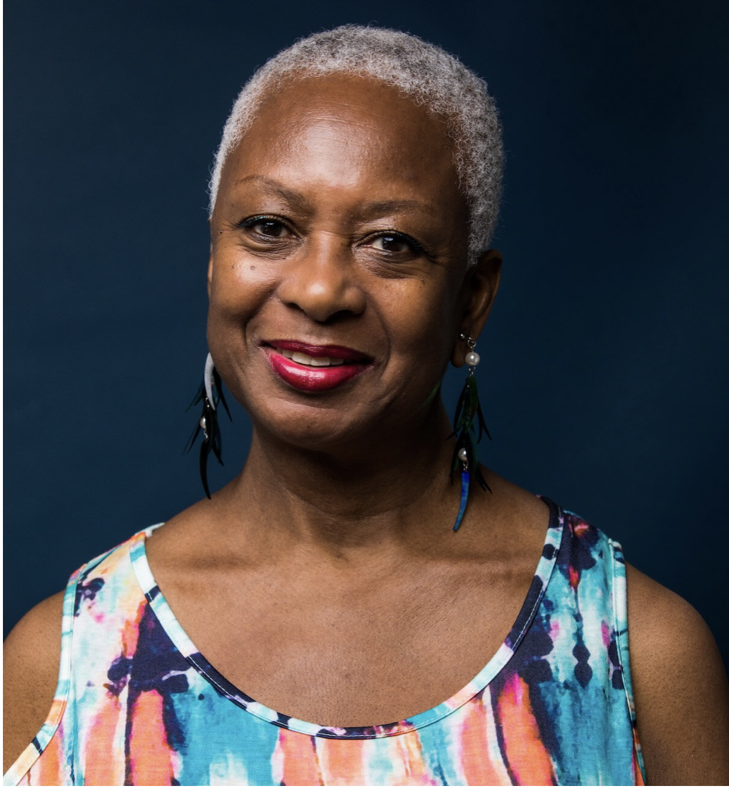
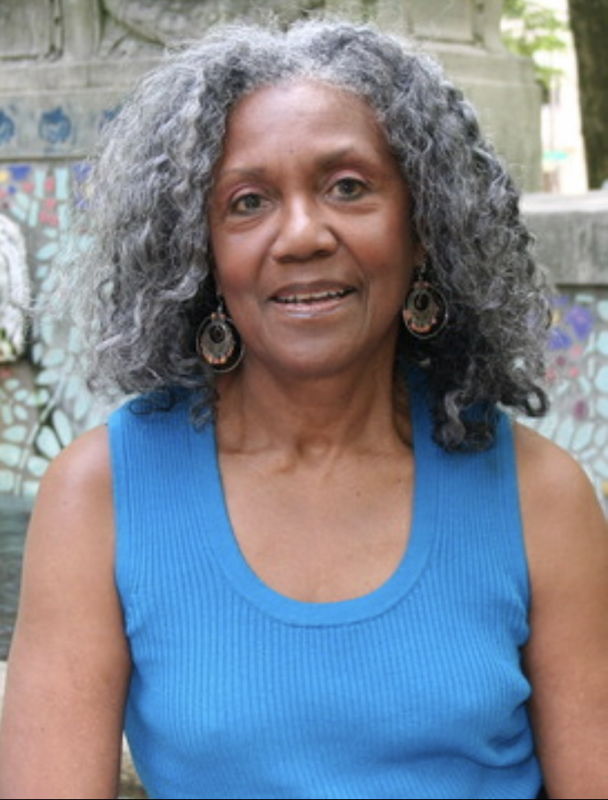
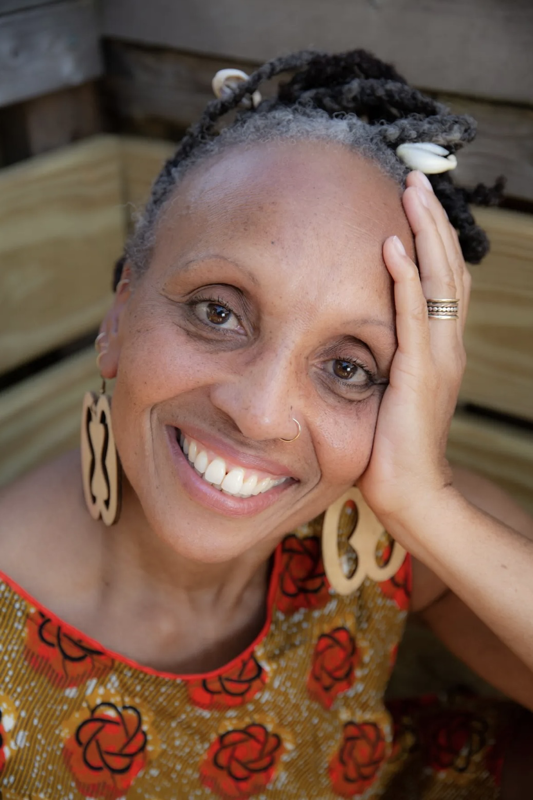
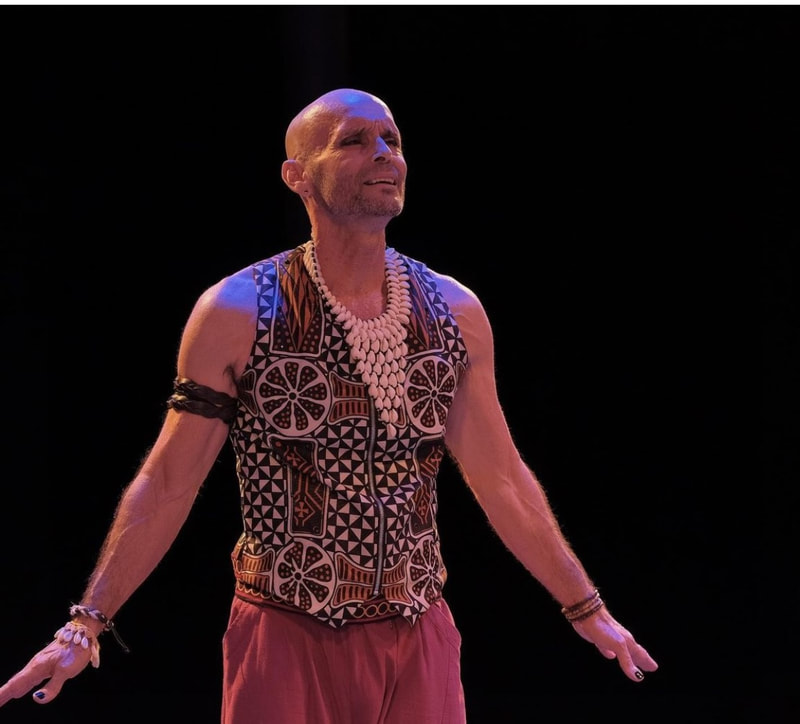
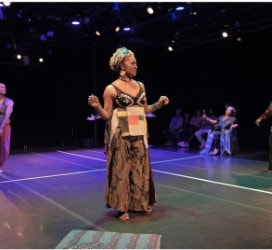
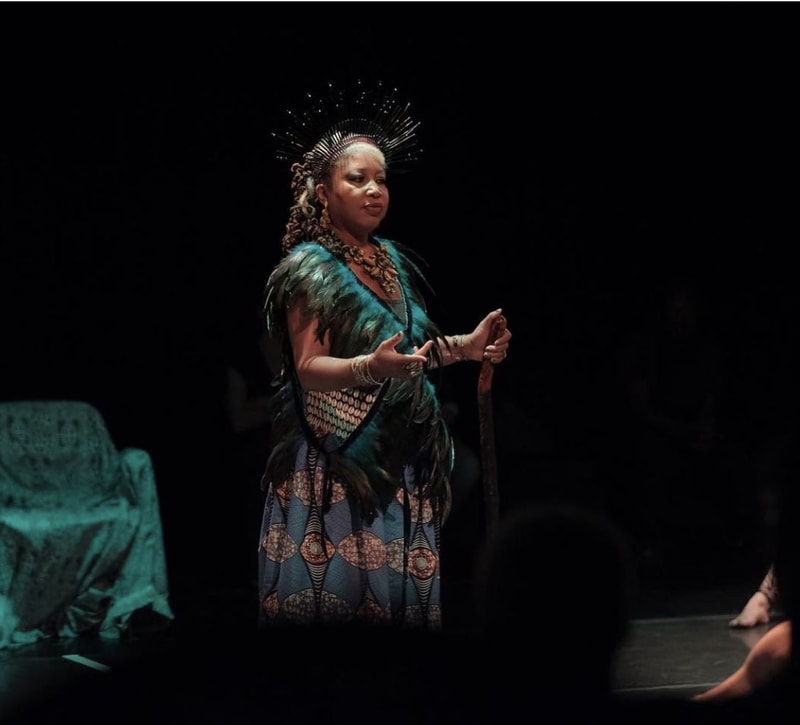
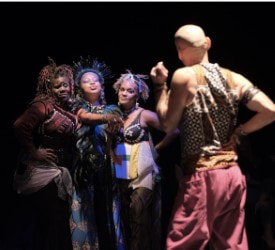
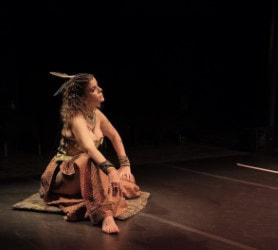
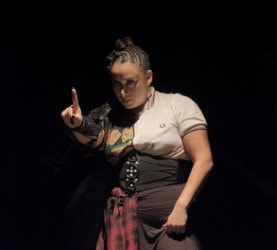
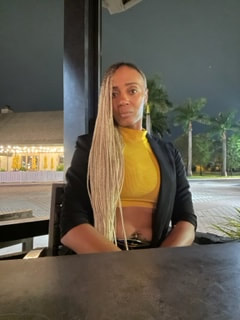
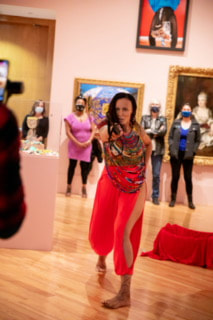
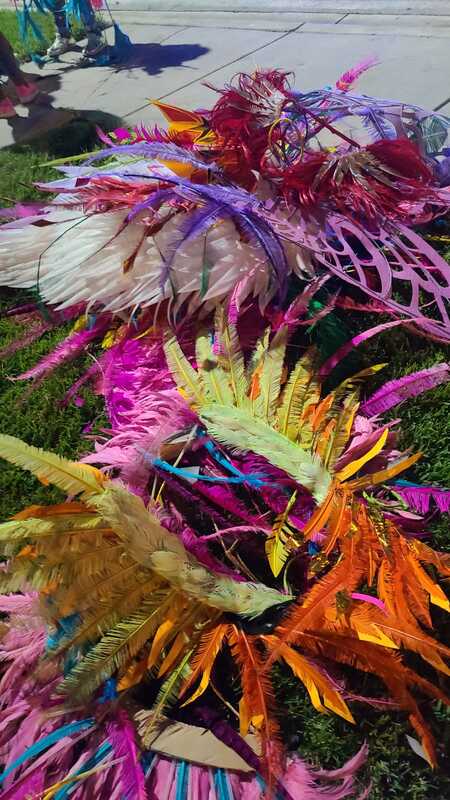
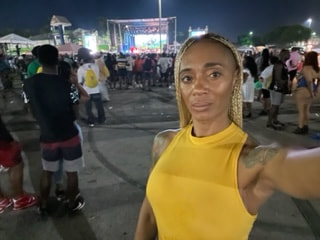
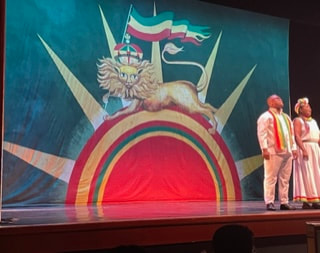
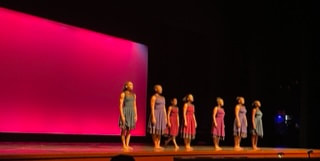
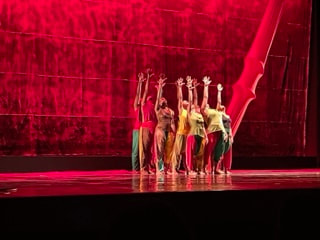
 RSS Feed
RSS Feed